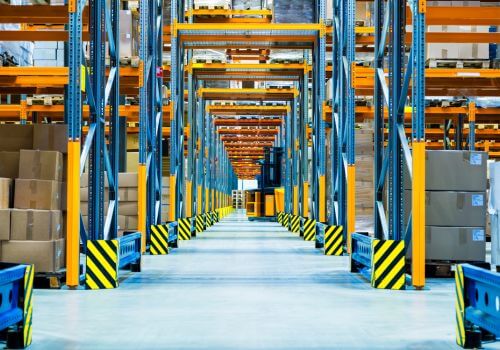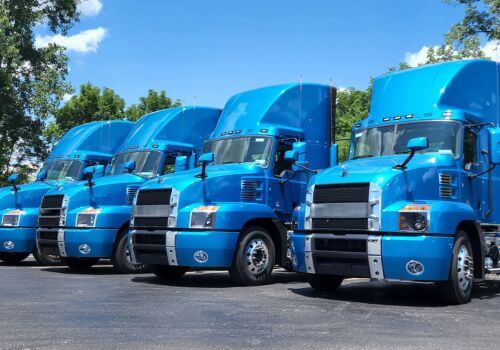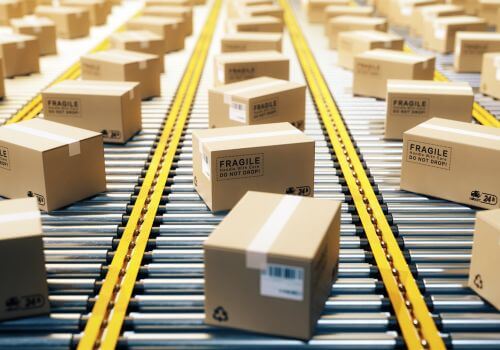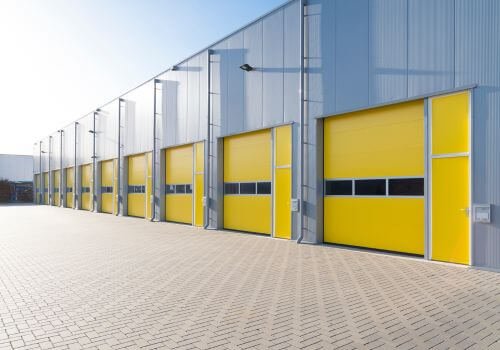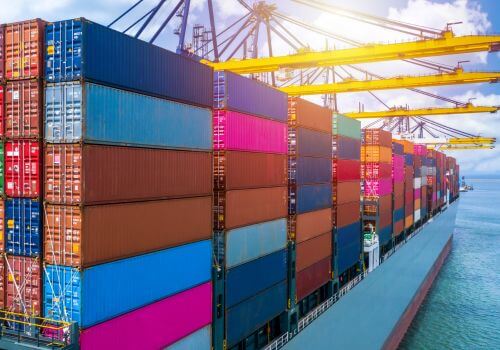In the world of logistics and supply chain management, stockouts are a critical issue that can significantly impact businesses. A stockout, also known as an out-of-stock (OOS) event, occurs when a product is unavailable for purchase or use when it’s needed. This can happen at various points in the supply chain, from manufacturers to retailers, and even in warehouses or distribution centers.
What is stockout? The definition
A stockout happens when a company cannot fulfill a customer’s order due to a lack of inventory. This situation can arise in both physical stores and online marketplaces. For brick-and-mortar retailers, stockouts are often visible as empty shelves. In e-commerce, customers might encounter “out of stock” messages or find that they can’t add items to their cart.
Stockouts can occur at different stages of the supply chain:
- Manufacturing: When raw materials or components are unavailable
- Distribution: When products are not available in warehouses or distribution centers
- Retail: When products are not on store shelves or available for online purchase
What are the impacts of stockouts on businesses?
The consequences of stockouts can be severe and far-reaching for businesses:
Lost sales
The most immediate and obvious impact of a stockout is lost sales. When customers can’t find the product they want, they may choose to:
- Purchase a substitute product
- Delay their purchase
- Buy from a competitor
- Abandon the purchase entirely
Customer dissatisfaction
Stockouts can lead to frustrated and disappointed customers. This negative experience can:
- Reduce customer loyalty
- Damage the company’s reputation
- Lead to negative reviews or word-of-mouth
Long-term brand erosion
Frequent stockouts can erode a company’s brand value over time. Customers may perceive the company as unreliable or inefficient, leading to:
- Decreased customer trust
- Lower brand preference
- Reduced market share
Increased costs
Dealing with stockouts can lead to additional costs for businesses:
- Rush orders to replenish inventory
- Expedited shipping fees
- Customer service resources to handle complaints
- Potential compensation or discounts to appease disappointed customers
Production disruptions
In manufacturing environments, especially those using just-in-time production models, stockouts of raw materials or components can:
- Halt entire production lines
- Create a ripple effect down the supply chain
- Potentially cause a bullwhip effect, where small fluctuations in demand lead to larger fluctuations in inventory levels
What are the causes of stockouts?
Understanding the root causes of stockouts is crucial for preventing them. Some common reasons include:
Inaccurate demand forecasting
Poor prediction of future demand can lead to insufficient inventory levels. This can be due to:
- Inadequate historical data analysis
- Failure to account for seasonal fluctuations
- Overlooking market trends or changes in consumer behavior
Supply chain disruptions
External factors can disrupt the flow of goods, leading to stockouts:
- Natural disasters
- Transportation delays
- Geopolitical events
- Supplier issues or bankruptcies
Poor inventory management
Ineffective inventory control practices can result in stockouts:
- Inaccurate inventory counts
- Failure to set proper reorder points
- Inefficient warehouse management
Unexpected demand spikes
Sudden increases in demand can quickly deplete inventory:
- Viral marketing campaigns
- Unexpected product popularity
- Seasonal events or holidays
Financial constraints
Limited working capital can restrict a company’s ability to maintain adequate inventory levels:
- Cash flow issues
- Budget constraints
- Reluctance to tie up capital in inventory
Communication breakdowns
Poor communication between different departments or supply chain partners can lead to stockouts:
- Lack of information sharing between sales and procurement teams
- Miscommunication with suppliers
- Siloed data within the organization
How can businesses measure stockouts?
To effectively manage and reduce stockouts, businesses need to measure their occurrence and impact. Here are some key metrics:
Stockout rate
The stockout rate is a fundamental measure of inventory performance:
Stockout Rate = (Number of Stockouts / Total Number of Items) x 100
This metric helps businesses understand how frequently stockouts occur across their product range.
Lost sales
Estimating lost sales due to stockouts is crucial for understanding their financial impact:
Lost Sales = (Average Daily Sales x Number of Stockout Days) x Gross Margin
This calculation provides an estimate of the revenue lost due to unavailable products.
Fill rate
The fill rate measures the proportion of customer demand that is met through immediate stock availability:
Fill Rate = (Total Orders Filled Completely / Total Number of Orders) x 100
A high fill rate indicates better inventory management and fewer stockouts.
Customer satisfaction metrics
Tracking customer satisfaction in relation to product availability can reveal the impact of stockouts on the customer experience:
- Net Promoter Score (NPS)
- Customer satisfaction surveys
- Repeat purchase rates
What are the best strategies to prevent stockouts?
Preventing stockouts requires a multi-faceted approach. Here are some strategies that businesses can employ:
Improve demand forecasting
Improving demand forecasting is key to preventing stockouts. By using advanced software and AI, businesses can better predict future demand and adjust inventory accordingly. This helps in anticipating customer needs more accurately.
Implement safety stock
Implementing safety stock provides a buffer against unexpected demand or supply chain issues. Keeping extra inventory on hand, and regularly adjusting these levels, ensures businesses can meet customer needs even during unpredictable times.
Enhance supplier relationships
Enhancing supplier relationships is crucial. Clear communication and contingency planning with suppliers improve supply chain reliability. Consider using multiple suppliers for critical items to reduce stockout risks.
Optimize inventory management
Optimizing inventory management involves using real-time tracking systems and automated reorder points. These tools help maintain optimal stock levels and quickly identify potential stockout risks.
Utilize Just-in-Time (JIT) inventory
Just-in-Time (JIT) inventory can be effective for some businesses. This approach minimizes inventory while maintaining availability, improving cash flow. However, it requires strong supplier relationships and efficient logistics.
Improve supply chain visibility
Improving supply chain visibility through management software and IoT devices allows businesses to track products in real-time and respond quickly to potential issues.
Develop a robust order fulfillment process
Developing efficient order fulfillment processes, including optimized warehouse layouts and automated systems, ensures products move quickly from warehouse to customer, reducing stockout chances.
Monitor and analyze data
Regular data monitoring and analysis helps identify trends and potential stockout risks early, allowing for timely preventive action.
In summary, a Stockout in logistics occurs when a company runs out of inventory for a specific product, making it unavailable to fulfill customer orders or meet demand.


